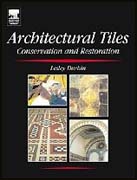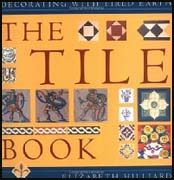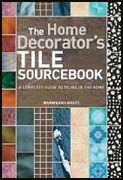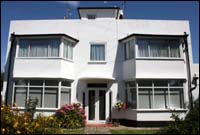|
Floor Tiles: Encaustic, Geometric
& Quarry
|
|||||||||||||||||||||||||||
|
The tiles were often unglazed but were very hardwearing, being thick and heavy and were often used for floors in churches and cathedrals, great houses, railway stations and public buildings including the Houses of Parliament. Hull Museums Collections
Encaustic tiles
Geometric tiles Geometric tiles are small plain tiles set in a repetitive pattern of two or more colours, using a very fine grout line between. Domestic properties from 1870 to around 1910 usually had a modified suspended timber floor. Joists were laid at the same level as those for surrounding boarded floors, with battens and pugging boards added at the bottom of the joists to form troughs. The troughs were then packed with a lime pugging, and the tiles laid on a wet screed of around half an inch (12mm) pulled over the top. Victorian & Edwardian Tiles Floors by Peter Thompson
Quarry tiles Traditionally red or grey made from hard unglazed clay. Found in kitchens and other areas that recieve heavy wear and tear. Plain
coloured tiles were often laid in staggered courses like brickwork,
or diagonally, rather than in the square grid pattern favoured today.
The
Victorian Society
Useful Links to Tile Products Encaustic Tiles by Philip James
Useful Links to Articles Decorative tiles: The Victorian Society Victorian Encaustic & Geometric Floor Tiles: T.A.C.S. A brief history of tile making: Stroke on Tent City Council Victorian & Edwardian Tiles Floors by Peter Thompson: Building Conservation Cleaning Victorian Encaustic & Geometric Floor Tiles Decorative tiles : The Victorian Society
Youtube: Moroccan tile: encaustic floor tile
Forum Debates
Useful Research Websites English Architecture: Britain Express Looking at Buildings: Pevsner Architectural Guides
|
|||||||||||||||||||||||||||


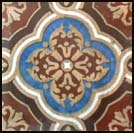
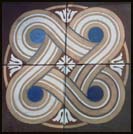
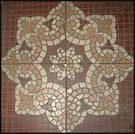
 1
1 2
2 1
1 2
2